Ranked: 5 Ways to Break a Stuck Fastener
Any car is an assembly of parts. Since bolted joints are both strong and easy to assemble, just about any service or maintenance on a car or truck requires you to remove some type of bolt. Anyone who has worked on a car for more than three minutes knows that even a larger project is not so bad if the hardware is not difficult to deal with. Those with many years of experience know how difficult corroded and stuck fasteners often give up, but convincing them to surrender requires force. How you generate that force is defined by the severity of the situation. Let’s look at the levels of bolt persuasion, from least to most aggressive, and some of the reasons why they fall in this order.
Level #5: Open-End Wrench
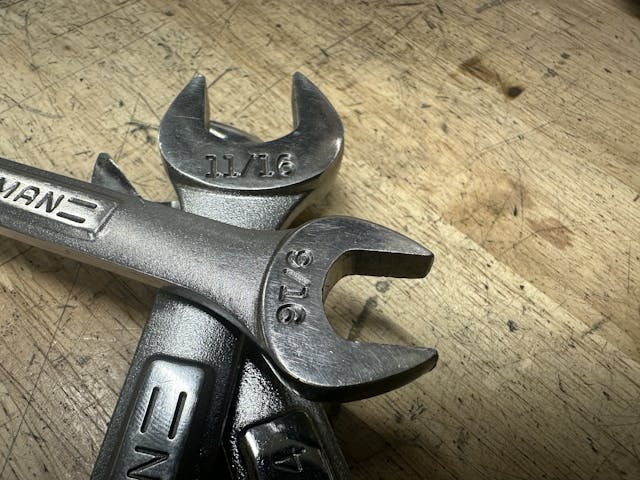
An open end wrench is nothing more than two parallel surfaces that meet two sides of a fastener. This often means only truly gripping near the corners due to tolerance in production of both the hardware and the tool. Sometimes, the fit is plenty tight and less than one foot of leverage is plenty. There is a reason wrenches are standard in every automotive toolkit since people started working on cars; wrenches pack light, are simple to produce, and are durable for many years if not abused. Sure, long-handle versions exist, but most of those are box-end, which means they are basically a worse version of a …
Level #4: Socket and Ratchet

The combination of a socket and a ratchet steps things up in a couple different ways: First, by providing additional contact points with the stuck fastener. Whether 12-point or 6-point, a socket provides more even contact with the fastener, and a ratchet allows us to shift the angle of the lever to maximize the force applied by our muscles. That handle can easily be exchanged for a …
Level #3: Longer Ratchet
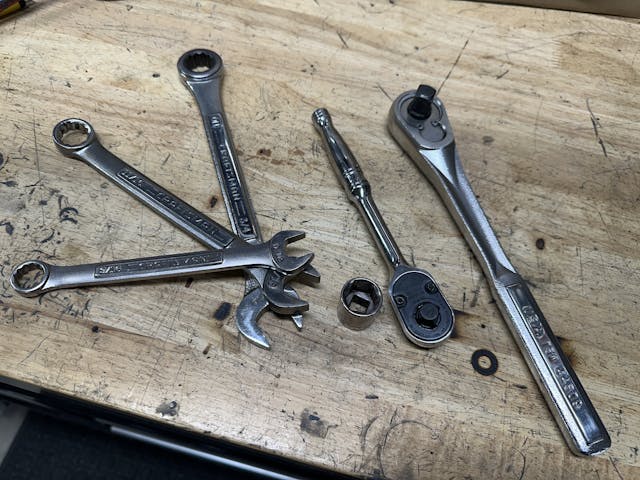
The socket is giving us good positive engagement on the hardware, so if it hasn’t moved yet, we must add force. Long-handle ratchets are handy, because it can be difficult to reposition a long wrench multiple times just to rotate a fastener one turn. Sadly, the most helpful part of a ratchet—the rotating head—is also the weak point, and if you treasure your tool you will likely grab one with a longer handle before adding a cheater bar or hitting the handle of your ratchet with a hammer. Sure, you can buy rebuild kits for some ratchets … or you could avoid stripping out the catch pawls inside the head in the first place.
Level #2: Impact Wrench
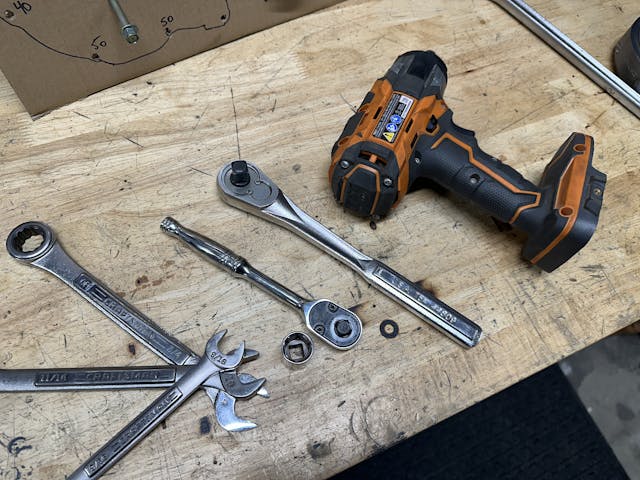
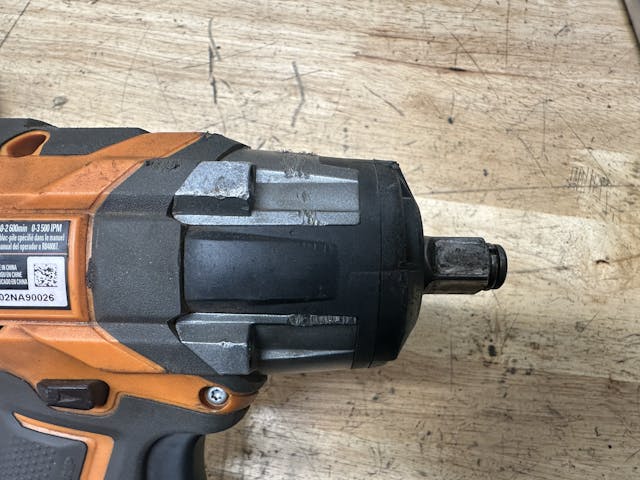
Leaning your weight on a long lever is one way to impart force. The other is to apply it suddenly with a spinning hammer. That is the basic function of an impact wrench, which generates high amounts of force in short bursts to help break loose the corrosion that forms inside threaded joints. Better yet, impact wrenches are powered by compressed air or by batteries, not by elbow grease, making them the hot ticket when dealing with stuck stuff. The only problem is that the torque capabilities of an impact wrench are limited by design, as the motor, hammer, and anvil can go get so large before the tool becomes unwieldy. You might have to switch back to brute force and grab the …
Level #1: Breaker Bar
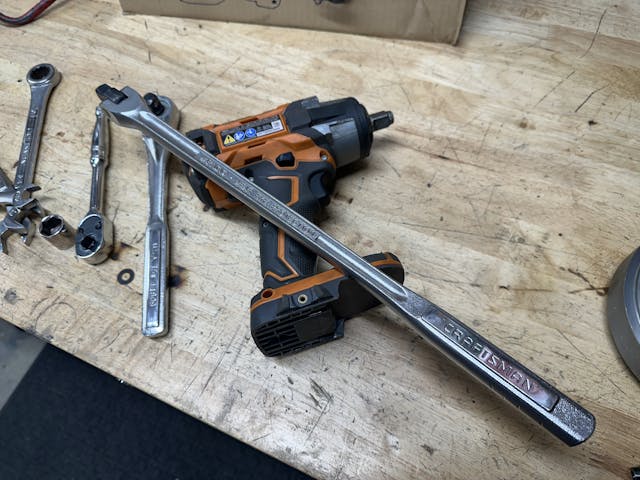
At the end of the day, physics always wins. While inconvenient compared to the luxury of an impact wrench, using a long bar to apply torque to a proper-fitting socket is by far the best way to put absurd amounts of torque onto a stuck fastener.
A long enough lever will snap the hardened head off every breaker bar you can find. And that is what you are often hoping for, at this point—the sweet release of tension by any means necessary. Just break already. The drill and tap set are already on the workbench.
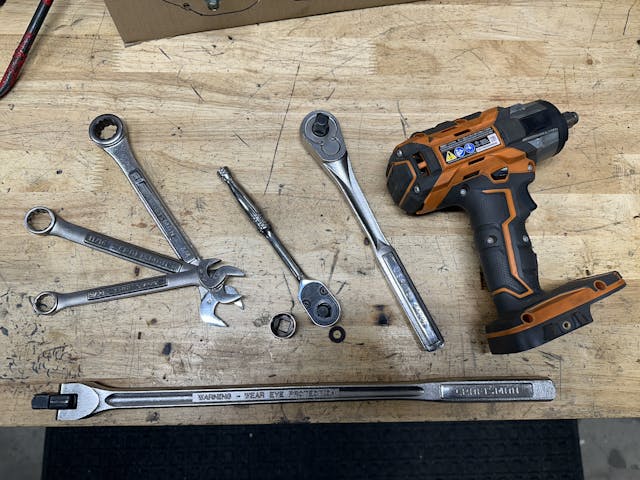
***
Check out the Hagerty Media homepage so you don’t miss a single story, or better yet, bookmark it. To get our best stories delivered right to your inbox, subscribe to our newsletters.
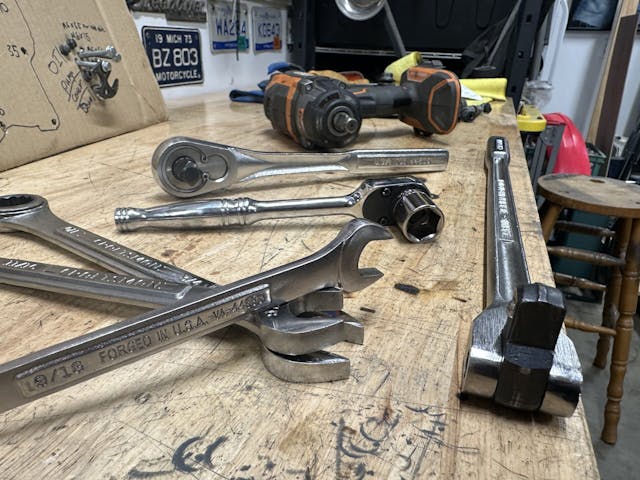


Nice basic discussion but eventually you will come across a fastener that defies even the strongest and largest if these tools. Enter chemistry and the laws of physics. Notably heat. I’ve seen breaker bars break and I mean big breaker bars. Heat has a way of changing the properties and can with the right leverage and force break that stubborn bolt or fastener loose. Chemical fluids can also help but sometimes you will need a good ole torch. For the English in the discussion this is not a light, but a wicked hot flame. Lol
apply the smoke wrench until it’s red, apply 1/2′ drive impact wrench, cures 95% of them
Read all comments and one an old farm boy did not see was heat with propane or mapp, then press a wax candle against after removing the flame. Melted wax will be drawn in around threads, then quench, and the wax will lubricate threads, try tightening first, then back nut or stud out.
Helped a friend of mine change the timing belt on his wife’s Honda crossover. Bent a 1/2” breaker bar trying to get harmonic balancer bolt out. Probably had to do with that 4’ cheater pipe we were jumping up and down on. My 1/2” impact got laughed at by the bolt. Went and borrowed a 1” impact for taking semi tires off. Nope not today. After a couple hours tried the breaker bar again and it finally popped loose. My friend was almost ready to throw the towel in and take it to the dealer. I wouldn’t let a bolt humiliate me. A year later I noticed they sell special thick wall counter weighted impact sockets designed for crank bolts. Not sure if that’s the magic cure but will try one if I’m in that situation again
As I was reading your post I was thinking there was gonna be a moment……. I have heard/read a couple of stories with all those failed tries……until there was the realization the thread was a reverse. I guess that is a possibility to consider if the item is not a familiar one.
Was your 1/2” impact air or battery? Been there, not much fun.
Personally I never use an open end wrench any place where a box wrench or socket will fit. Open end wrenches are made for those otherwise inaccessible spots, or for rounding off the head of stuck bolts.
“Fluid film” penetrating and preservation spray works better than anything I’ve ever found.
I apply this on everything, the day before work commences.
I know many of you will throw a fit when I suggest using anti-seize when assembling anything. ARP advises this be done as well, I believe they refer to it as assembly lube. First off the torque reading is more accurate when the friction is eliminated and moisture can’t get down the threads. Nylock nuts are great moisture stoppers as well.
I’ve used micro metal compound on wheel nuts/studs for sixty years and torqued to the proper value. Never seen any evidence of loosening. NOTE this is used lightly, same as on a spark plug, not slathered on like BBQ sauce. I’ve always worked on the theory that I’ll be the one taking whatever this is apart again. Saves me time and customers money.
Freez- Off, works every time!
Before I put a wrench on any fastener on my cars, I first douse it Kano Labs ” Silicroil”
There is simply no better penatrating fluid out there.
If it is something like header nuts or bolts or anything suspension related, I treat them the night before and have yet to snap one off.
I use Kroil at work ALL the time. I don’t much care for the smell, but it works.
There is no mention of using penetrating oil and tapping the nut or bolt so the oil seeps into the threads before applying brute force. Another method of remove fasteners is applying heat.
Many times I’ve saved the “impossible” stuck fastener with a combination approach. Apply torque with the open end (or, if suitable, box end) wrench and tap with the hammer to shock the fastener. This will often break the initial “stuck” and allow some movement. Then work the fastener in both directions to break down the stuff causing the “stuck” and the fastener will often unscrew without ruining anything else. Replace the fastener.
There are quite a few editing goofs in this article. I suggest better coordination between the author and editor/checker so that you don’t change or confuse the meaning of the concepts you are trying to explain. I’d be a little embarrassed if this was my work.
OK. I have a brass overflow transmission plug in an aluminium sump. Tried everything. Next I will try cooling the plug with solid CO2, and try to loosen. Al has higher cooefficient of expansion than Brass, so expands more than brass when heated, so hopefully cooling will shnk the plug. Next run car to get all hot, then try to cool plug again……. Any other ideas? Thanks
No mention of heat? If you know a rusted 60 year old fastener on your barn find classic car is going to be tough to remove, step 1 is to spray it with penetrating oil or WD-40. Let it soak in overnight, then heat the fastener(s) with a propane torch. Then use a 6-point impact socket (never a 12-point and never a thin wall socket) with a air or electric impact wrench to loosen the fastener. It is still refuses to budge, you can use a nut-splitter, a chisel and hammer, or a die grinder with an abrasive disk to cut the fastener.
Kroil and MAPP gas. I deal with stuck and corroded bolts everyday on my job. Penetrant and heat, LOTS if heat, usually solves the problem.
What about patience when it comes to loosening rusty bolts… soak with favorite rust buster liquid, push, soak, push… repeat